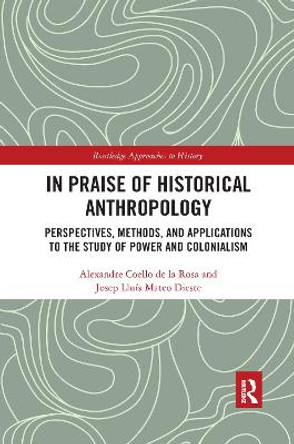Description
Guest-edited by Agostino De Rosa, Alessio Bortot and Francesco Bergamo
Penumbra, from the Latin paene (almost) and umbra (shadow), can be defined as an intermediate zone of transition between light and shadow. Penumbra is therefore that space, both physical and imaginary, where everything is possible: it is the place of the uncanny, where presence and/or absence can produce wonder or horror.
This AD positions the presence of this archetype in the contemporary world of architecture, investigating the ways it permeates different expressive forms - from critical theory to architectural drawing, from design and planning to photography. The contributors illustrate and discuss how penumbra has shaped their creativity and modified their approach to the design process. As a physical phenomenon, penumbra has supra-historical and global connotations; nonetheless, different cultures elaborate its symbolism in different ways. Its wide semantic spectrum powerfully inspires creative forms that hover between fullness and emptiness, presence and absence, past and future. The critical perspectives in this issue offer a wide analysis of penumbra's expressive potential and the key to an in-depth understanding of this elusive layer of reality.
Contributors: Matthias Barmann, Silvia Benedito, Filippo Bricolo, Edwin Carels, Javier Corvalan, Dris Kettani, Stephen Kite, Giancarlo Mazzanti, Akira Mizuta Lippit, Susanna Pisciella, Renato Rizzi, Paul O Robinson, and Antonella Soldaini.
Featured architects and artists: Alexander Savvich Brodsky, Neri&Hu studio, Quay Brothers, Ursula Schulz-Dornburg, and Marco Tirelli.
About the Author
Agostino De Rosa is an Architect and Full Professor at Iuav (Italy) and at VIU. He has written several books and essays on the theme of representation, the history of images and land art. He is editor of the critical edition of perspective works and treatises by Minims monk Jean Francois Niceron (1613- 1646). He worked with an international team on the Roden Crater project (Painted Desert, Arizona USA), designed by American light artist James Turrell (1943), currently on construction.
Alessio Bortot, architect, is Doctor Europaeus in Architecture, City and Design, with a specialization in Representation since 2016. He was professor in the courses of "Descriptive geometry", "Advanced technologies for representation" and "Digital 3D modelling" at the Iuav University in Venice, at the faculty of Engineering in the University of Padua, at the IED in Venice and at the Ecole National Superieure des Travaux Publics in Yaounde (Camerun). He worked as a research fellow focusing on topics such as History of Representation and Advanced Technologies for Architecture. He is author of several publications in Italy and abroad. At the present time, he works as a research fellow in IRIDE (Research Infrastructure. Integral Design Environment) - the department of excellence in Iuav University (Venice).
Francesco Bergamo is an architect and scholar with a Ph.D. in Sciences of Design. He is currently adjunct professor and research fellow at the Universita Iuav di Venezia, Dipartimento di Culture del Progetto. His research and publications focus mainly on theories, history, methods, and technologies of drawing and on acoustic ecology, with a specific focus on contemporary forms of representation and on the relationship between visual and sonic culture. He has worked with the composer John Luther Adams and with the artist James Turrell. He has conducted research on stereotomy, on the theoretical and pictorial work of Jean-Francois Niceron and on painted perspectives upon vaulted surfaces.
Book Information
ISBN 9781119983965
Author Agostino De Rosa
Format Paperback
Page Count 136
Imprint John Wiley & Sons Inc
Publisher John Wiley & Sons Inc
Weight(grams) 567g
Dimensions(mm) 274mm * 216mm * 10mm









